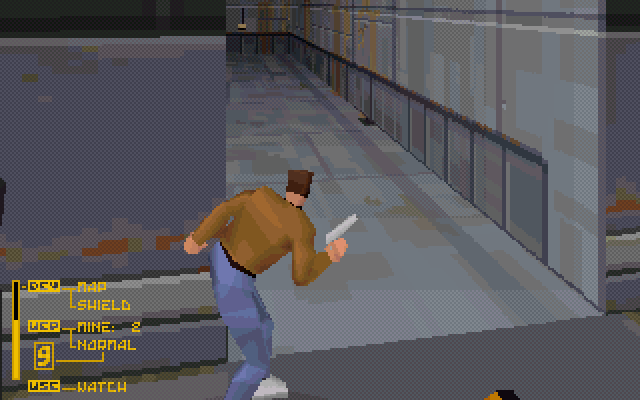Now, that’s an interesting bit of video on its own, but it’s even more interesting if you look very closely at the prototypes Peter presents. In the first one, you are obviously flying over a Populous level that has been converted to use a voxel heightfield. Another one briefly displays an ASCII header that reads, “CREATION BY BULLFROG”. Now, if you’re up on your Bullfrog history, you know that the original name for Populous was “Creation”, and Peter was forced to change it when he couldn’t get a trade mark.
Thus, I think it’s clear from these prototypes that the project started with Peter telling his team, “I want to fly over a Populous world. Make that happen, I don’t care how you do it.” And once that was accomplished, they came up with a game – Magic Carpet – to go with it.
EDIT: I think I may need to start explicating posts like this one a bit more. I think too often I operate under the assumption that everyone else has studied video game history and design as ravenously as I have and thus I don’t have to explain things. Magic Carpet was a Bullfrog title released in 1994. It didn’t do that well because it required a powerful PC and the only network play was over LAN – this was back when most network play was done with a serial or null-modem cable. It also (as Sol mentioned) had a very short draw distance which made it kind of hard to play. The concept was good, though, and a remake could be quite fun.

